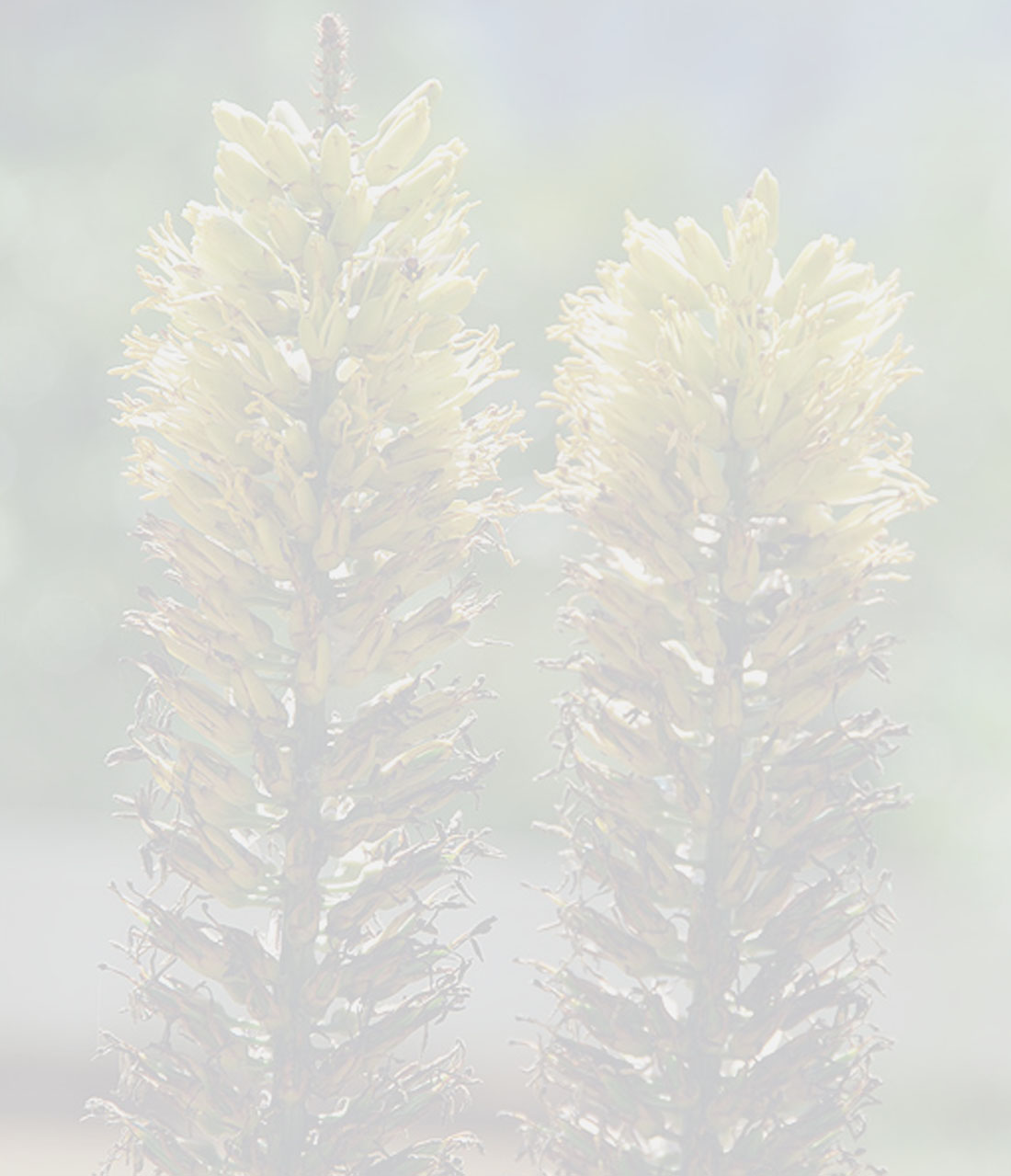Encholirium heloisae (L.B.Sm.) Forzza & Wanderley
Literature references:
*move your mouse pointer over the page numbers to see comment
Comments:
- Encholirium heloisae was described by Smith (1955) as belonging to the genus Dyckia. Forzza & Wanderley (1998) proposed the transfer of this species to Encholirium and in the same work, the authors considered E. sazimae as synonym of E.heloisae.
E. heloisae resembles E. scrutor especially in the reduced habit and form of the petals and sepals. However, these species can be differentiated quickly by the coloration of the floral parts. E. heloisae has sepals and pedicels green or green-yellowish and floral bracts strawlike or slightly greenish (Fig. 29 - A, B, C), while E. scrutor has pedicels, sepals and floral bracts rose colour (Fig. 31 - D). Also a subtle difference is observed in the colour of the petals. In E. heloisae the petals are completely green, while in E. scrutor, the base of the petals is greenish cream and just the top portion is green.
As well as colouration, two other morphologic characteristics can aid in the recognition of these species. The first is the form of the floral bracts, that are lanceolate and relatively developed in E. heloisae (Fig. 28 -E) and oval triangular and more reduced in E. scrutor (Fig. 30 - G). Second is the size of the hypanthium, that is very evident in E. scrutor (Fig. 30 - F), while in E. heloisae, this structure can only be observed through traverse cuts in the base of the ovary.
The general aspect of the rosettes can also aid in the differentiation of these species, as can be observed in the presented illustrations (Fig. 28 - A; 30 - A, B & C).
Encholirium heloisae is endemic to the Serra do Cipo, Municipio da Santana do Riacho (MG) (Fig. 26). It is well distributed in this area, always occuring in the rocky fields, in sandstone soils (Fig. 29 - A). —See Forzza 2001

